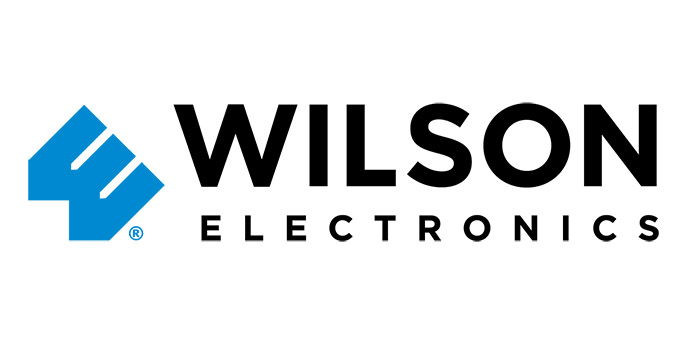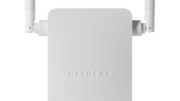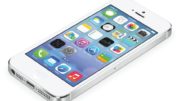A true American success story. That’s what they say about Wilson Electronics. The company, now in its 21st year, pioneered the art and science of cellular signal boosters and has been leading the way in booster technology ever since.
The early days
The company was started in St. George Utah by Jim Wilson, described in company literature as a “serial entrepreneur.” I’d prefer to call him a person with a great idea. Believe it or not, in the early ’00s, cell phones were still a pretty new thing, and the old analog networks in use at the time were always generating interference. It’s no surprise that we still remember the “can you hear me now” commercials of that era… because so often you couldn’t hear someone on a cell phone.
The great idea was simple: amplify that signal going in and out of a building. Do it with high-quality electronics to avoid lag time and keep the whole network safe. Wilson, both the man and the company, pioneered this process.
In the early years, Wilson was more of a DIY company. They sold you the parts you’d need and gave you support, but it was expected you would have some idea what you were doing. Still, their hardware was second to none. They pioneered the anti-feedback technology that kept cell networks from overloading, an early problem with other cell boosters.
I see that change a’comin
The first big change to Wilson’s strategy 2013. At that time, working with the FCC, Wilson created a whole new set of rules for cellular signal boosters. The rules were designed to make cell carriers more comfortable with the booster market. In exchange for booster makers agreeing that all consumer boosters were to be sold in kits, all major cell carriers in the US agreed that cell boosters didn’t void their terms of service. This was huge and opened up the cell phone signal booster like never before.
Also in 2013, Wilson Electronics was acquired by Sorenson Capital, which gave them the funds they needed to expand. Sorenson remains the owner of Wilson Electronics to this day.
The next big change came in 2014, when they bought rival company zBoost. zBoost had pioneered a lower-power booster that was sold with everything you need right in the box. This was a perfect fit for Wilson’s line, which was more focused on larger boosters. Because of those new FCC rules, the new Wilson Electronics would focus on kits that included everything you need, too.
The day it all changed
It was in August of 2014. Wilson announced a rebrand of its consumer booster to weBoost. They also announced the refocusing of former zBoost products for use in other markets. The new weBoost line, which rolled out at the 2015 CES, was sleeker, dare we say sexier? It was easier to install and the most powerful cell phone signal boosters yet.
It was about 13 months later that the company introduced WilsonPRO, a line of boosters for very high-end use. These include some of the most powerful enterprise boosters ever made, designed for professional installation.
And finally, in 2021, weBoost finished out the “good-better-best” line with its weBoost for Business line, which offers DIY-style installation for products designed for small and medium boosters.
Choosing the best booster for you
Yes it’s true, with booster products ranging from single-user car boosters, through a full line of vehicle boosters, all the way to home, business, and enterprise, choosing the right booster can be a challenge! Luckily you have a friend in the business.
Call us at 888-233-5763 or fill out the form below and with a few simple questions, we’ll help you get the Wilson product you need, quickly and easily. There’s a Wilson product for every size space!
Shop for weBoost and WilsonPRO products now at Solid Signal!





